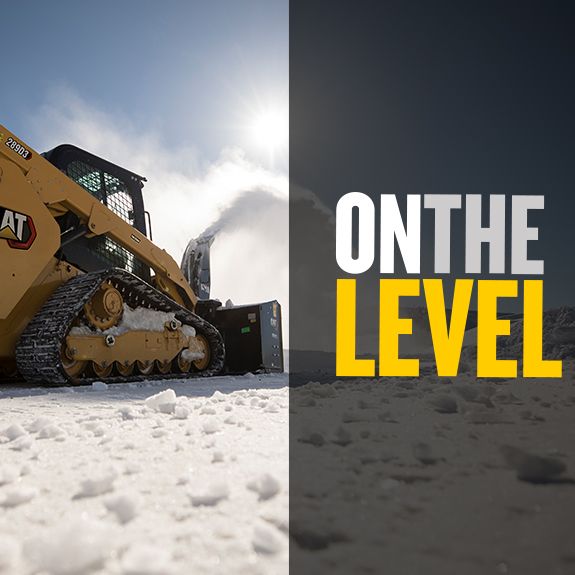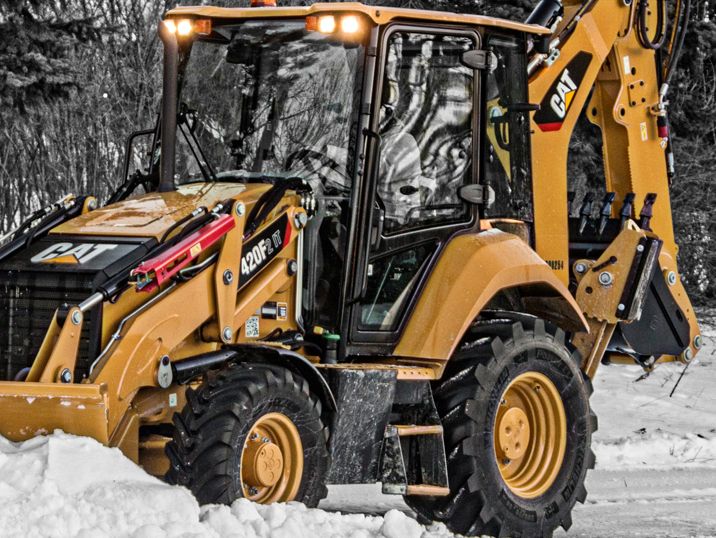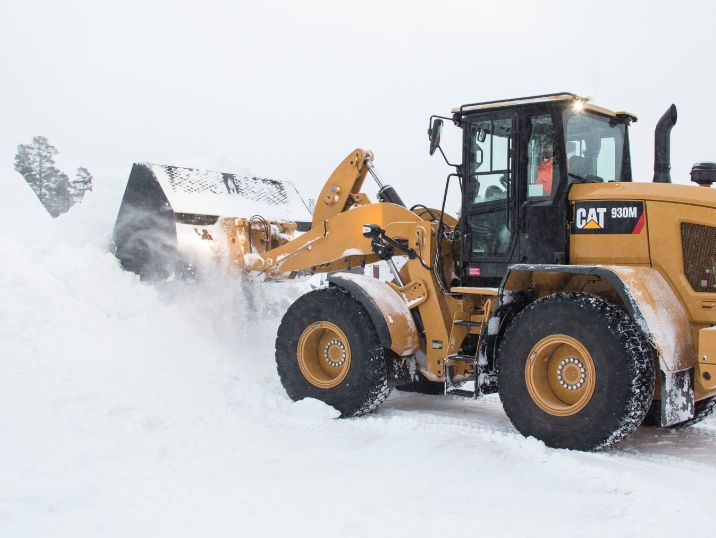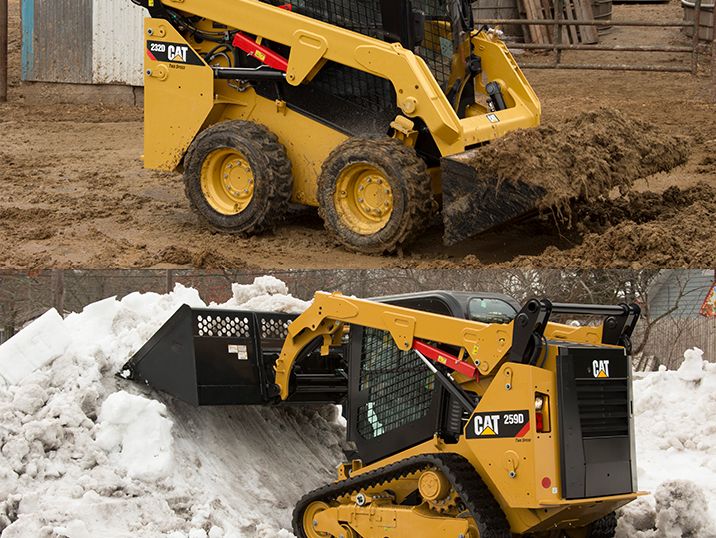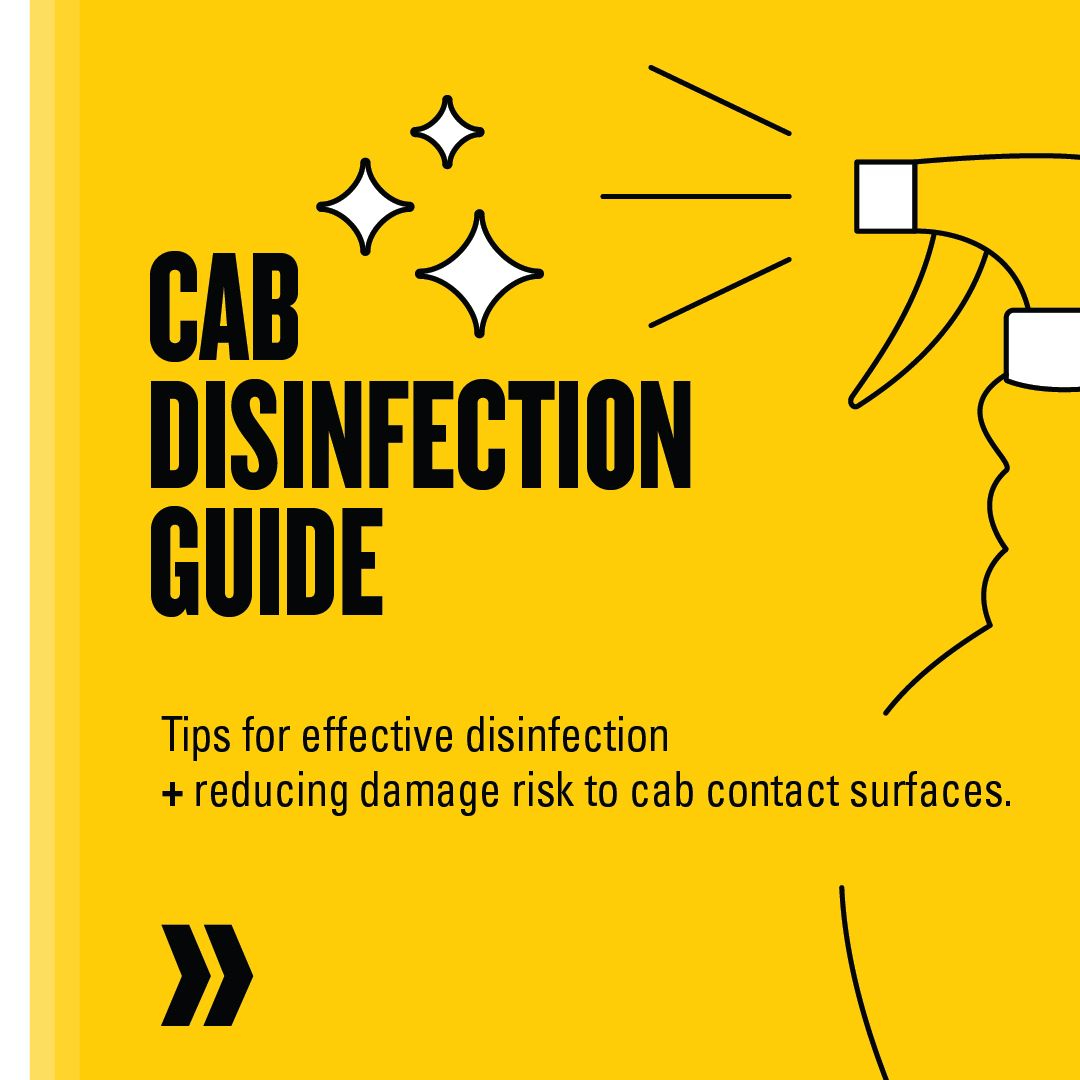

Sign In
Welcome! Sign In to personalize your Cat.com experience
If you already have an existing account with another Cat App, you can use the same account to sign in here
Register Now
One Account. All of Cat.
Your Caterpillar account is the single account you use to log in to select services and applications we offer. Shop for parts and machines online, manage your fleet, go mobile, and more.
Account Information
Site Settings
Security
Injury Prevention and Safety Tips for your Crew
We’re going back to the basics and talking industry safety tips for all things snow and ice. Keeping your employees safe during the snow removal process is critical and cannot be overlooked. From preventing commonly occurring injuries, to dressing appropriately and performing regular machine maintenance – we’re covering all of the bases.
John Janes | Landscaping Marketing Manager
Injury Prevention Strategies
Some of the most common mistakes on the job come from crew members moving too quickly. It’s important to stop and take inventory of the situation, rather than reacting immediately. The same goes for entering and exiting machines. Often times, operators tend to move in a hurry or try to jump out and slip on ice. Machine operators should always take the time for three points of contact during mount and dismount to ensure safety.
One of the best strategies to prevent job site injuries is training and detection – do not wait until the snow has fallen to train your crew. Familiarize them with the job site layout in advance. That general lay-of-the-land knowledge will come in handy once the snow falls. It is impossible to know where curbs and other hazards are under deep snow. In terms of damage assessment, it’s helpful to check out the job site ahead of time to take photos and note any pre-existing damage to protect yourself in the event of any complaints after the job is done.
Another important way to prevent injury is to assess fatigue. If you’re exhausted or drowsy after several hours of operating, take a quick break to recharge. Learn to recognize the symptoms of fatigue as they impact the health and safety of you and those around you.
Dressing for the Job
When dressing for the job, you want to make sure you’re warm and visible. High visibility personal protection equipment (PPE) for your climate is crucial, and don’t forget your hat, gloves and boots. You and your crew should be visible at all times with safety lights and vests.
If you’re out removing snow in a remote area and your machine breaks down, you want to make sure you’re dressed to survive the elements. Conditions like frostbite or hypothermia can be best avoided with the proper PPE.
Machine Upkeep
It’s a best practice to end each shift with a machine walkaround to ensure it’s clear of snow and ice buildup. Cat® machines are equipped with serrated steel steps so that snow and ice residue can fall through. Check that your washer fluid doesn’t freeze so you can keep the windshield clean to maintain visibility and also check to make sure all the lights on the machine are fully functional.
Ensure your equipment is winterized if you’re in an especially cold climate. In many cases, fuel mixtures need to be changed throughout the season. Certain climates need heaters to keep machines from freezing during downtime. Understanding the harshness of the climate you’re in will help you with your regular maintenance checks.
At the end of each season, perform an equipment inspection sooner rather than later so that it’s fresh in your mind. You can go ahead and have it prepped and ready for the next big snow.
Use your Cat dealer as a resource for safety and new technology in the industry if you’re not already. Whether you’re an owner or an operator, check out safety.cat.com for training programs, e-learning coaching and consulting resources.

John Janes
Landscaping Marketing Manager
John Janes has been bringing his diversified expertise to sales and marketing initiatives at Caterpillar for more than a decade. Not only does he hold an LIC certification from the National Association of Landscape Professionals (NALP), CSP and ASM certifications from the Snow & Ice Management Association (SIMA), but Janes also serves as an American Concrete Institute (ACI)-certified concrete flatwork technician.
RELATED ARTICLES
You’re here to get ideas to grow your business. Read on for machine insights and expert tips and tricks to get more out of every job.
-
Winter Safety Tips
Winter weather only increases the danger of operating a machine. Follow these winter safety tips to stay safe and productive all winter long.
Learn More -
Protect Your Machine from Rust Damage
Learn how rust damage prevention helps preserve your machine’s resale value and performance.
Learn More -
Disinfecting Your Machines
This blog includes tips on properly disinfecting your machines on the job site, as well as other safety ideas to help guide your business.
Learn More -
Fluid Handling and Storage Tips
Follow these fluid handling and storage tips to get the best performance out of the fluids for your machine, including fluid sampling, bulk storage and more.
Learn More
